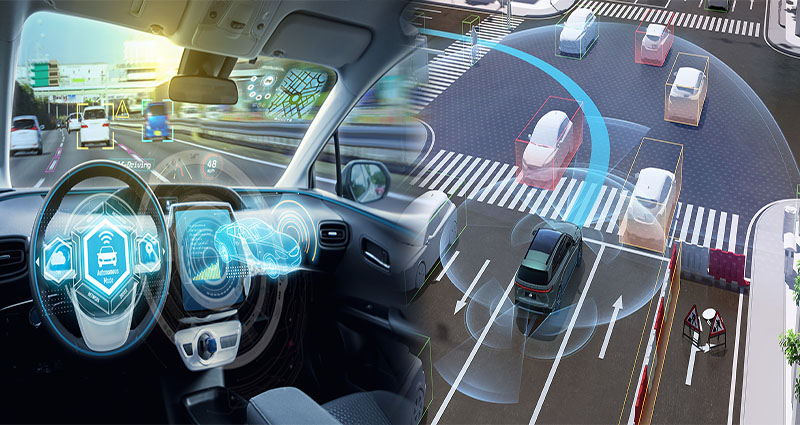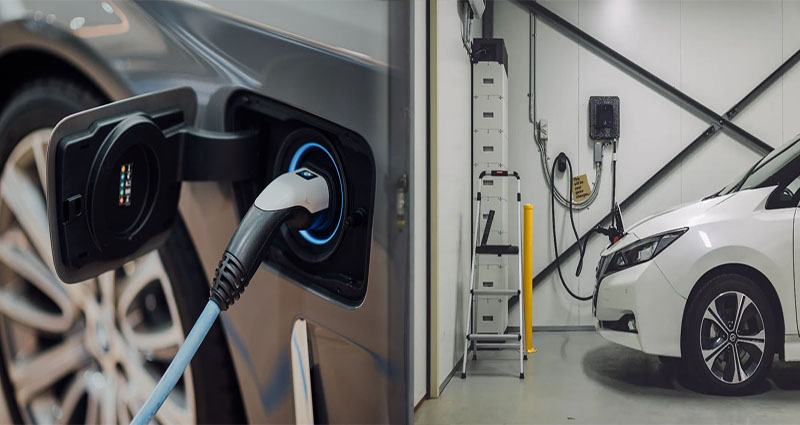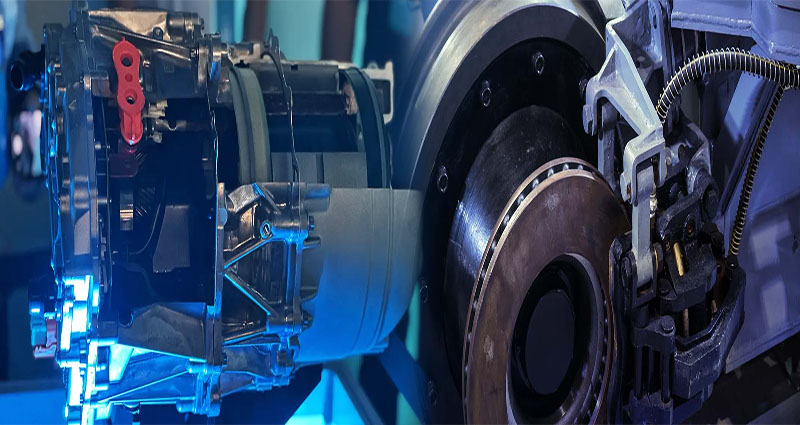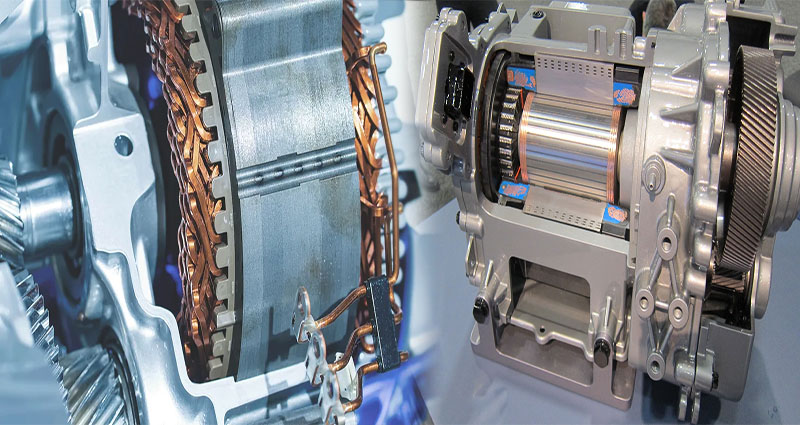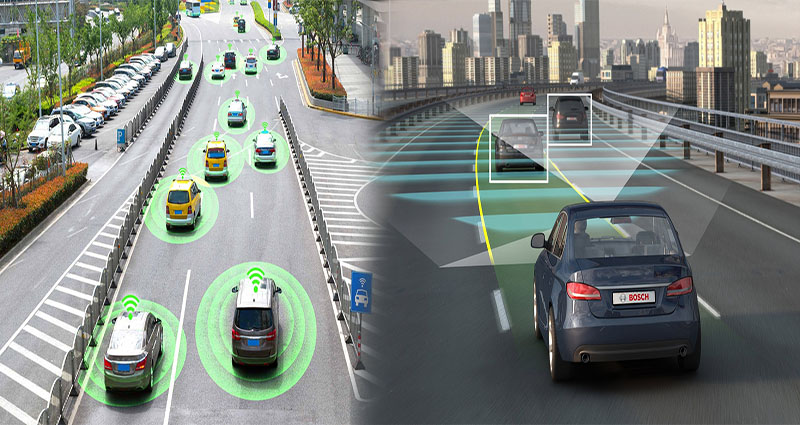The Intersection of Autonomous Driving and Connectivity in Electric Vehicles
In recent years, the automotive industry has undergone a significant transformation with the rise of electric vehicles (EVs) and autonomous driving technology. One key area where these advancements converge is in the integration of connectivity within electric vehicles. The intersection of autonomous driving and connectivity in EVs represents a revolutionary shift in the way we perceive and interact with transportation.
Enhancing the Driving Experience
The integration of autonomous driving features in EVs has revolutionized the driving experience. These advanced systems use sensors, cameras, and artificial intelligence to navigate the vehicle without human intervention. Connectivity plays a crucial role in enhancing this technology, providing real-time data on traffic conditions, road hazards, and weather updates. By combining autonomous driving with connectivity, EVs can adjust their routes and driving behavior to optimize efficiency and safety.
Increasing Energy Efficiency
Connectivity in electric vehicles enables them to communicate with charging stations and energy grids, leading … READ MORE ...

